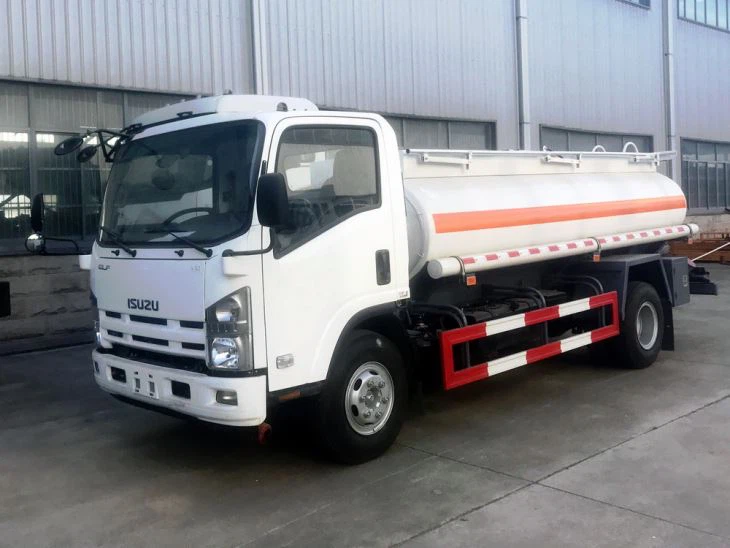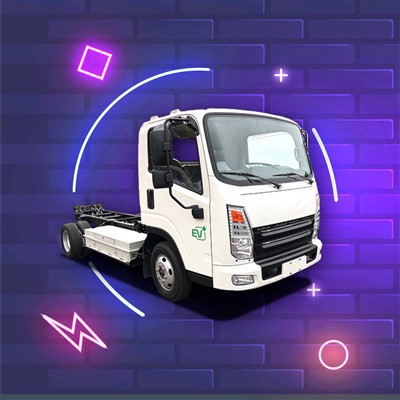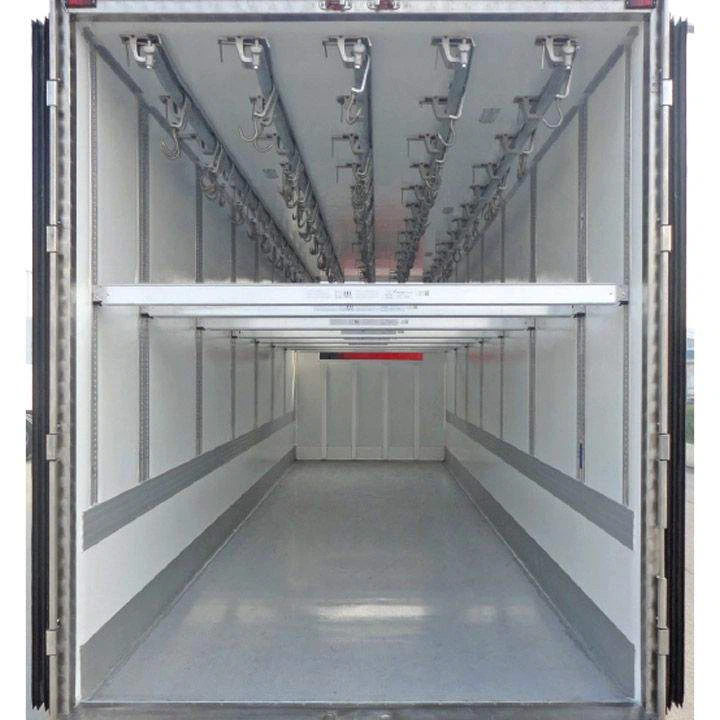The Last Mile: Bridging the Gap in Transportation and Logistics

Introduction
The term “last mile” refers to the final leg of the delivery process, where goods reach their end destination from a distribution center or hub. This aspect of logistics is critical for ensuring customer satisfaction, especially in an era where quick and reliable delivery options are paramount. Companies across various industries are continuously looking for effective strategies to optimize this segment of their supply chain. This article dives deep into the last mile, exploring its significance, challenges, and innovative solutions, while providing practical advice for businesses aiming to enhance their last-mile delivery processes.

Understanding the Last Mile
The last mile in logistics is not just about delivering a package; it encompasses the whole experience that customers have as they await their orders. This section aims to provide a comprehensive understanding of what the last mile entails and how it impacts overall supply chain performance.
What is Last Mile Delivery?
Last mile delivery refers to the transportation of goods from a transportation hub to the final customer destination. It is often considered one of the most challenging segments of the logistics process due to various factors including urban congestion, delivery time constraints, and customer expectations.
Importance of the Last Mile
The last mile plays a crucial role in customer experience. A smooth last-mile delivery process can enhance customer satisfaction, foster brand loyalty, and impact repeat purchases. In e-commerce, where competition is fierce, effective last-mile strategies can provide companies with a notable competitive advantage.
Statistics on Last Mile Delivery

| Statistic | Value |
|---|---|
| Last mile delivery costs as a percentage of total delivery cost | 28-60% |
| Percentage of customers willing to pay for faster delivery | 61% |
| Increase in online shopping’s share of total retail sales (2019-2022) | Up by 50% |
Challenges in Last Mile Delivery
Despite its significance, last mile delivery is fraught with challenges. Understanding these hurdles is essential for developing effective solutions.
Urban Congestion
Traffic congestion in urban areas is a significant challenge. Delivering goods often takes longer due to heavy traffic, resulting in delayed deliveries.
Customer Expectations
Customers increasingly demand faster delivery times, often expecting same-day or next-day deliveries. Meeting these expectations can strain logistical resources and lead to increased operational costs.
Cost Management
Last mile delivery can be expensive. Factors like fuel costs, labor costs, and vehicle maintenance contribute to rising expenses that need thoughtful management.
Route Optimization
Efficient route planning is critical in reducing delivery times and costs. Poorly planned routes can waste time, fuel, and resources.
Innovative Solutions for Improving Last Mile Delivery
Various innovative solutions are being explored to tackle last-mile delivery challenges. These strategies have proven effective in enhancing delivery efficiency and reducing costs.
Use of Technology
Technology plays a crucial role in optimizing last-mile delivery. From delivery tracking systems to automated routing algorithms, technology can streamline operations significantly.
Delivery Tracking Systems
Real-time tracking systems provide customers with updates and estimated delivery times, improving transparency and customer satisfaction.
Automated Routing Algorithms
These algorithms analyze variables such as traffic patterns and locations to optimize delivery routes, reducing travel time and costs.
Collaborative Delivery Models
Companies can benefit from collaborating with local businesses or using third-party platforms that specialize in last-mile logistics. This approach can reduce costs and improve delivery times.
Micro-Distribution Centers
Establishing micro-distribution centers closer to urban areas can help facilitate faster deliveries. These centers allow for the quick transfer of goods to delivery vehicles, significantly cutting down delivery times.
Alternative Delivery Methods
Consider using alternative delivery methods such as drones, bicycles, or designated lockers for drop-off. These alternatives can alleviate urban traffic problems and reduce delivery times.
Customer-Centric Approaches
Implementing customer-centric strategies such as offering flexible delivery windows or allowing order pickups can significantly enhance customer satisfaction.
Practical Examples of Last Mile Innovations
Various businesses are leading the charge in innovating last-mile delivery. Here are some practical examples:
Case Study: Amazon Prime
Amazon Prime offers same-day or next-day delivery for its members, showcasing a well-developed last-mile strategy that utilizes advanced logistics solutions, a vast delivery network, and optimized routing.
Case Study: UPS’s ORION
UPS developed ORION, an advanced routing system that saves millions of miles driven each year. By optimizing delivery routes, UPS significantly reduces fuel consumption and operational costs.
Example: Local Grocery Delivery Services
Local grocery stores have started using crowdsourced delivery models, where independent drivers are paid to deliver groceries within a specific timeframe, improving convenience and freshness for customers.
Measuring Last Mile Performance
To ensure last-mile delivery is effective, it’s important to measure various performance metrics. The following metrics should be monitored:
Delivery Time
Tracking the average time it takes to deliver packages helps identify inefficiencies and bottlenecks.
Delivery Accuracy
Evaluating the percentage of successful deliveries can highlight areas of improvement in the delivery process.
Customer Feedback

Gathering feedback from customers post-delivery can provide insights into their satisfaction levels and whether their expectations were met.
Cost per Delivery
Calculating the cost associated with each delivery can help identify cost-saving opportunities and improve profitability.
Future Trends in Last Mile Delivery
The last mile delivery landscape is ever-evolving. Several trends are shaping its future.
Automation and Robotics
As technology advances, automation and robotics are expected to play larger roles in last-mile delivery, increasing efficiency and reducing labor costs.
Increased Use of Electric Vehicles
With the growing emphasis on sustainability, electric delivery vehicles are becoming more common, contributing to lower carbon footprints and reducing costs over time.
Integration of Artificial Intelligence
AI is increasingly being integrated into last-mile logistics for predictive analysis, helping businesses prepare better for demand fluctuations.
Conclusion
The last mile is a vital component of the supply chain, fundamentally influencing customer experiences and operational success. By addressing the challenges and leveraging innovative solutions, businesses can significantly enhance their last-mile delivery processes.
FAQs
What is last mile delivery?
Last mile delivery refers to the final step in the logistics process where products are delivered from a distribution center to the final customer destination.
Why is last mile delivery important?
The efficiency of last mile delivery can significantly affect customer satisfaction, brand loyalty, and overall operational costs, especially in today’s competitive market.
What are some common last mile delivery challenges?
Challenges include urban congestion, high costs, customer expectations for fast delivery, and the need for efficient route planning.
How can technology improve last mile delivery?
Technology can enhance last mile delivery through real-time tracking, automated routing, and improved communication between companies and customers.
What are some future trends in last mile delivery?
Future trends include automation and robotics, the use of electric vehicles, and the integration of artificial intelligence for improved efficiency.
